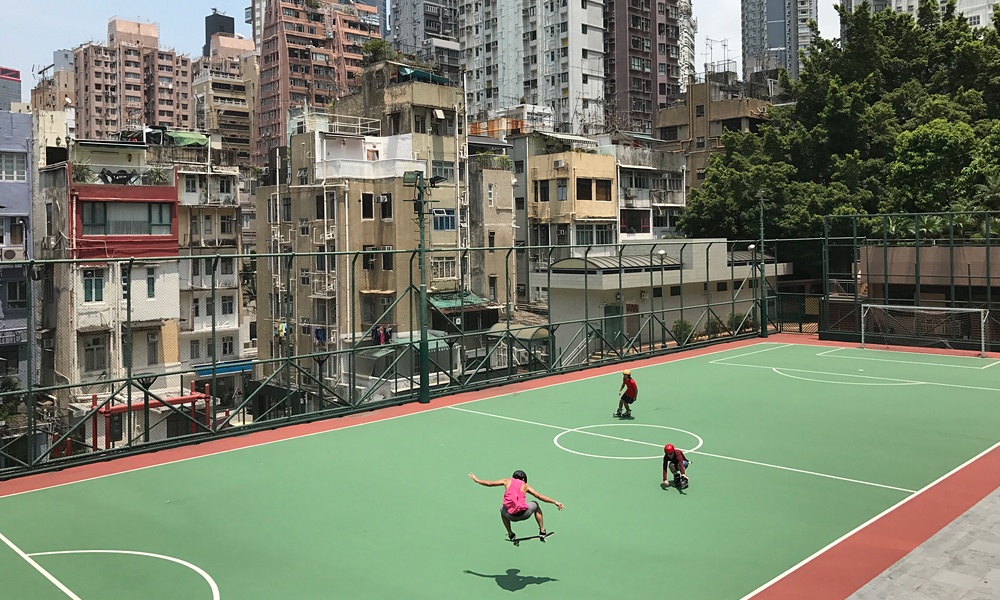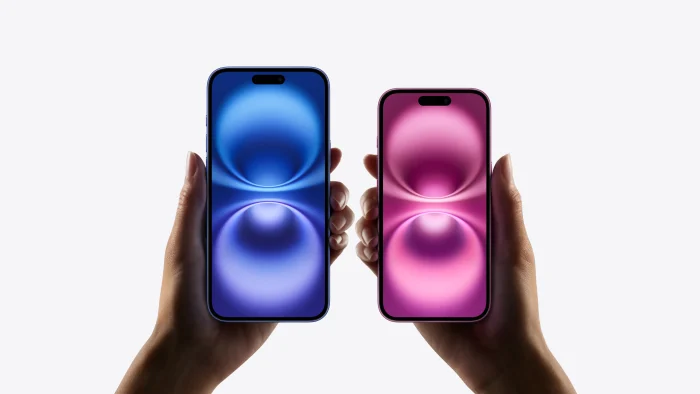One of the strongest selling points of the new iPhone 7 is its new and improved camera. We’ve heard a lot about it—the dual 12-megapixel rear lenses, the ability to shoot RAW images, the new 6-element f/1.8 glass, optical image stabilization, optical zoom. From the way Tim Cook and the team at Apple were hyping things up, you’d almost get the impression that the new iPhone 7 came with X-ray vision or something.
So when you sit down and get to brass tacks, what does it all mean? How does all that fancy photo jargon translate into real-world, tangible results? And most importantly, are the new iPhone 7 models good enough to take the place of our consumer-level DSLRs? We went ahead and looked at all the new nitty-gritty surrounding the iPhone 7 to decide whether or not any of this crap actually matters. Here’s what we found:
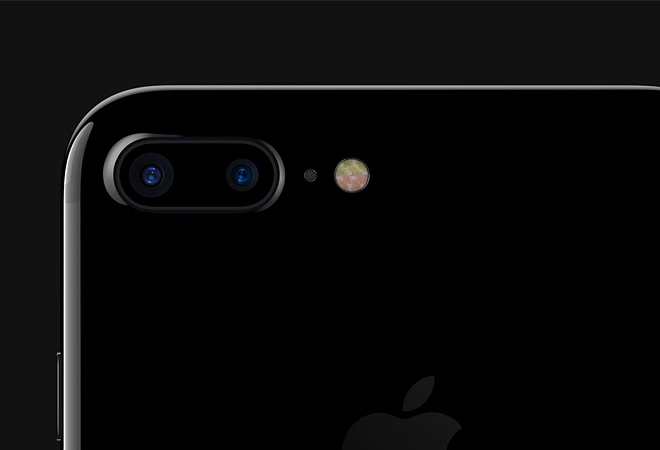
Only the iPhone 7 Plus Comes With Dual Lenses
Let’s begin at, well, the beginning. What a lot of people seem to be leaving out of the conversation about these phones is the fact that only the iPhone 7 Plus will come with the magical dual lens setup. If you opt only for the iPhone 7, you’re only going to get the single rear lens. To be fair, that single rear lens is a great deal better than its predecessor and definitely makes a noticeable difference in image quality—but more on that later.
The Optical Zoom Actually Doesn’t Suck, But Doesn’t Always Work
The 2x optical zoom offered with the iPhone 7 Plus is really great and super accurate. The biggest problem in the history of the iPhone franchise has always been that digital zoom totally sucks. Digital zoom degrades the image quality of a photo by blowing up pixels and robbing an image of critical detail. The dual cameras on the iPhone 7 Plus allow for a 2x optical zoom which, in the grand scheme of things, isn’t much, but still kicks the shit out of any kind of digital zoom.
Unfortunately, what a lot of people don’t realize is that when you have 2x zoom on, it doesn’t automatically default to optical. Given certain circumstances—mostly lighting and focus—the camera will make an educated guess as to whether digital or optical zoom is more appropriate. So, the optical zoom is a cool function, but it’s not a camera default, which is a total bummer.

It Can Shoot in RAW and JPEG
For the first time, the iPhone 7 can capture images in both RAW and traditional JPEG format. Photographers love shooting images in RAW because even though the file sizes tend to be obnoxiously large, the information doesn’t get lost in translation from lens to image processor. RAW images hold a lot more detail than standard JPEGs, which makes them ideal for people looking for more than casual point-and-shoot action. Highlights, shadows, color spectrums, contrast—critical details usually compromised by JPEG compression are clear and present in RAW. Because of the additional information, RAW images are also far easier to edit, and offer photographers a lot more versatility and control over their images.
A Bigger Image Sensor Makes a Difference—But Not Enough
A common misconception by amateur photographers is that the more megapixels your sensor has, the higher quality your images will be. That’s simply not true. In actuality, the quality of your images depends on a lot of things, but mainly, it’s the size of your sensor. It’s the same reason why a 22-megapixel point-and-shoot with a relatively small image sensor gets its ass handed to it by an 18-megapixel DSLR. It’s all in the size and type of sensor.
As far as sensors go, we know that the iPhone 7’s sensor is bigger than its predecessor. So, yes, the quality of the image in the iPhone 7 is ever-so-slightly better than the iPhone 6. How much? Probably not enough for you to notice, and definitely nowhere near as big as the sensor found in even the most entry level DSLR’s and mirrorless cameras on the market.
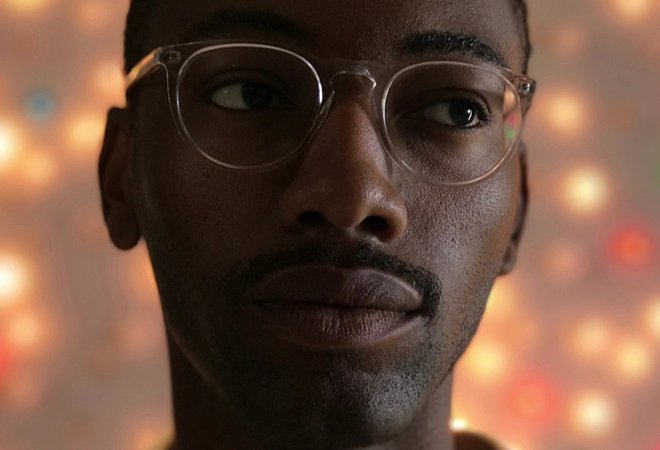
The f/1.8 6-element Lens Is Extraordinary
We thought it important to note that by itself, the f/1.8 28mm lens available on the regular iPhone 7 (not the iPhone 7 Plus) is truly something special. The f/1.8 produces a narrower depth of field (and thus, more clearly defined bokeh) than the f/2.2 lens on the iPhone 6. Perhaps more importantly, the f/1.8 allows twice as much light into the sensor compared to f/2.2. What that yields is a lens that performs better in lower light, as well as offering more interesting close-up, portrait-style shots.
The Dual Lenses Definitely Make Things Interesting
But are they a novelty? When Apple debuted the iPhone 7 and iPhone 7 Plus (the regular iPhone 7 only has one rear camera, remember), they raved about the new dual lens setup. Now, the 56mm equivalent telephoto lens is what gives the iPhone its new optical zooming capabilities, and that’s true. But for 90 percent of the people using the phone, you’ll probably only care about one thing—the new Portrait Mode. And when push comes to shove, this is probably the only reason anyone will give a shit about this camera.
In a nutshell, when a photo is taken in Portrait Mode, each camera takes a photo. The iPhone interpolates the data received by the cameras, and returns a portrait style photo, complete with a sharp subject and a creamy, dreamy bokeh (blurry, narrow depth of field) in the background. It sounds great, but Apple is still working out all the kinks. The Portrait Mode is in beta right now, and from all the images we’ve seen, some are very successful and beautifully well done, while others need a little help.
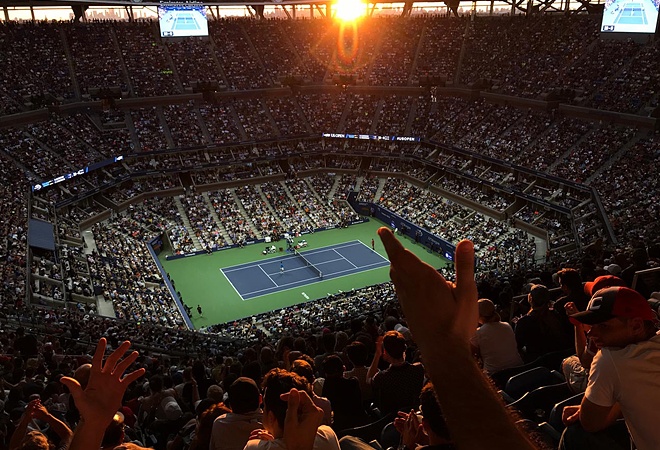
Verdict:
So when you put all that fancy stuff together and toss it in your pocket, what does it mean? Well, point blank, the iPhone shouldn’t replace your dedicated camera rig—not yet, at least. It’s all pretty cool, but let’s not forget that your iPhone is still a fucking cell phone. It makes calls, it finds you restaurants, and it’ll take pictures of all the random stuff you see in the street. In fact, there are a lot of critics out there saying the iPhone 7 and iPhone 7 Plus still aren’t the top dogs in the mobile photography game. The LG V20 and Huawei P9 Plus are getting a lot of love there.
But what we will say is that the iPhone 7 and 7 Plus have incredible features that aim to make mobile photography as versatile and legitimate as possible. If you come to us two years ago and said, “Hi, Cool Material, I’m a mobile photographer” we would have laughed you out of the office. But with every major new smartphone release, we become more and more convinced that mobile photography is staking a serious claim in the visual art medium.
More megapixels, a bigger sensor, optical zoom, nice bokeh, beautiful quality lenses, and RAW file outputs are all major steps forward for the new generation and, for 95% of the Instagrammers out there, the iPhone 7 and 7 Plus will be more than you ever wanted from a smartphone camera. Faster shutter speeds, optical image stabilization, and excellent low light performance truly set the iPhone apart from its predecessors and even other point-and-shoot cameras in the game.
In summation, it’s great, but don’t toss your DSLR on eBay just yet.

